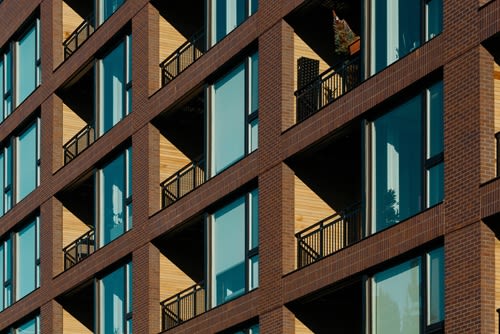At the recent Movers & Shakers Build to Rent Conference, I launched a JLL perspective on the growth of the sector as it moves through its 10th anniversary. It has grown impressively, now up to 140,000 homes completed, under construction or in pipeline according to the British Property Federation. While this is the easy figure to use as the sector’s scorecard, there are a range of ancillary achievements of at least equal note.
The ‘product’ is in fact a service. This is a profoundly simple statement, but the fact that many still call it Build to Rent is demonstration that the sector is stuck in a construction and delivery mindset. Notwithstanding, the innovation that is seeping into the collective consciousness of multifamily providers is widely in evidence and increasingly it’s about focussing on tenants as customers, relationships and experience.
These signals are fantastic to see and as someone who has been a sector evangelist since those early days of the Private Rented Sector Initiative back in May 2009 (‘What is a cap rate...?’), we have indeed come along way.
So, what will be the shape of multifamily in the next 10 years? Surely the sector will, as an asset class, reach some kind of maturity in trading volumes, but I’m also interested in more nuanced measures. Rather than count numbers or investment volumes, I want to look at the sector as a driver of change.
1) Customer Service
Customer service is diversifying the industry with a professionalised management model. Multifamily now has an imperative to put the customer experience first and the physical creation of the asset second. It was fascinating to note at the recent Movers and Shakers event the range of logos that didn’t exist when multifamily was born in the UK. The industry will continue to diversify and with it, traditional construction orientated brands will be back of house and this new wave of management and service-centric organisation will become the visible face of the industry.
2) Off-Site Construction
The construction industry is in dire need of modernisation. Multifamily investors, with a focus on stable income streams, have a stronger incentive to procure through housing manufacturers in order to drive up the pace of delivery (and the let up period), while upholding a precision-engineering approach to new homes. This digital disruption of housebuilding needs order volumes to make it work and the higher volumes now coming through in multifamily will do the job very nicely, thank you.
3) Sustainable Homes
Driving up build quality will also support more sustainable design. Better buildings can mean more energy efficient buildings. Better buildings can also mean healthier communities and residents, whether through improved physical environments or through the communalised spaces that improve social interactions to combat loneliness and forge stronger bonds. The best bit is that with multifamily, there is a commercial imperative to drive sustainability. In an era void of meaningful policy to uphold improved build quality, this commercial drive to create sustainable homes should be welcomed by Government.
4) Policy and Innovation
Although Government policy is broadly favourable for UK housing supply, there has been limited explicit support for the multifamily sector. The industry should not expect this to change materially over the medium term, which is to say that success will be measured through working with the grain of current house policy (notably on affordable housing requirements) and driving innovation from within the industry. This will centre on disruptive technologies in the supply chain and within operating platforms. JLL Spark’s recent investment in Livly is a great example of the type of disruption that will replace existing brands with new, more progressive firms.
5) Reaching Maturity
The attributes of a mature sector are attractive to a broader range of institutional capital and will be among the most exciting changes in European property investment over the next decade. JLL estimates that trading volumes, which reached 45 billion euros in 2018, could double over the next decade. In the UK, the equivalent figures are an even sharper growth from £5.8Bn to £25Bn should the sector fulfil its domestic potential. It will already overtake Retail to become the second-largest sector in Europe during 2019.
There is an extraordinary opportunity to channel capital into this sector at a time when nearly all of Europe’s leading cities need investment to drive housing market growth and renewal. This will cover the Living spectrum from student housing through to co-living, multifamily and ultimately, to the retirement segment. There is something quite exciting about channelling society’s capital directly back towards society’s most basic needs – and being able to do so on sound commercial terms.




